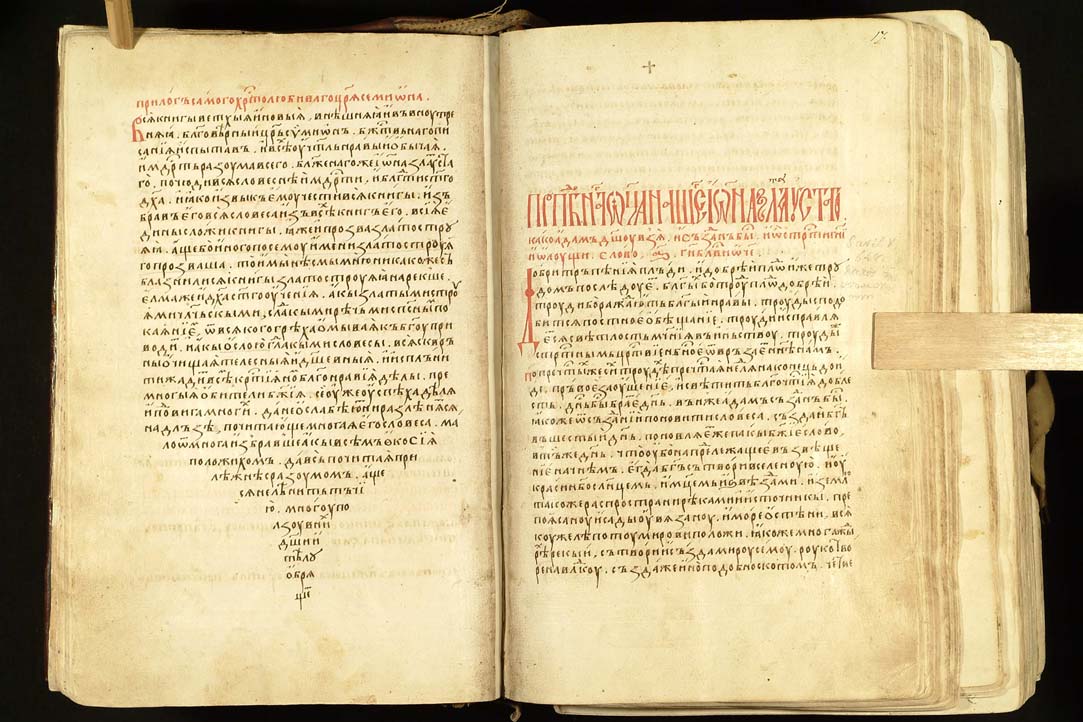Prof. Francis J. Thomson is one of the most prominent scholars of our time in the field of medieval Slavic studies. His research is devoted to tracing, analysing and cataloging the Byzantine originals and their corresponding Slavic translations. Thereby the Slavonic tradition again, as in its classical period, is bound with its main source and this makes it possible to evaluate its features and characteristics in the context of the Byzantine-Slavic cultural commonwealth in the Middle Ages.
Since it is difficult to find a list of publications of the famous Belgian medievalist on-line, we decided to offer here a selected bibliography up to 2009. We are indebted to our colleague Maya Petrova for providing most of the materials.
In the coming months we intend to process and include in Versiones Slavicae most of the texts whose identifications are due to Professor Thomson’s publications.

